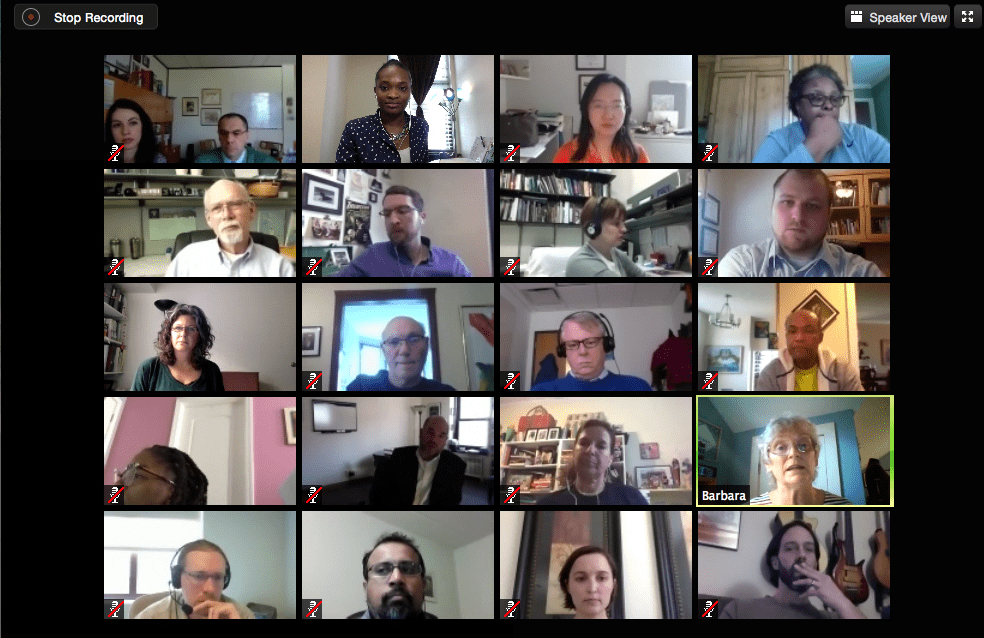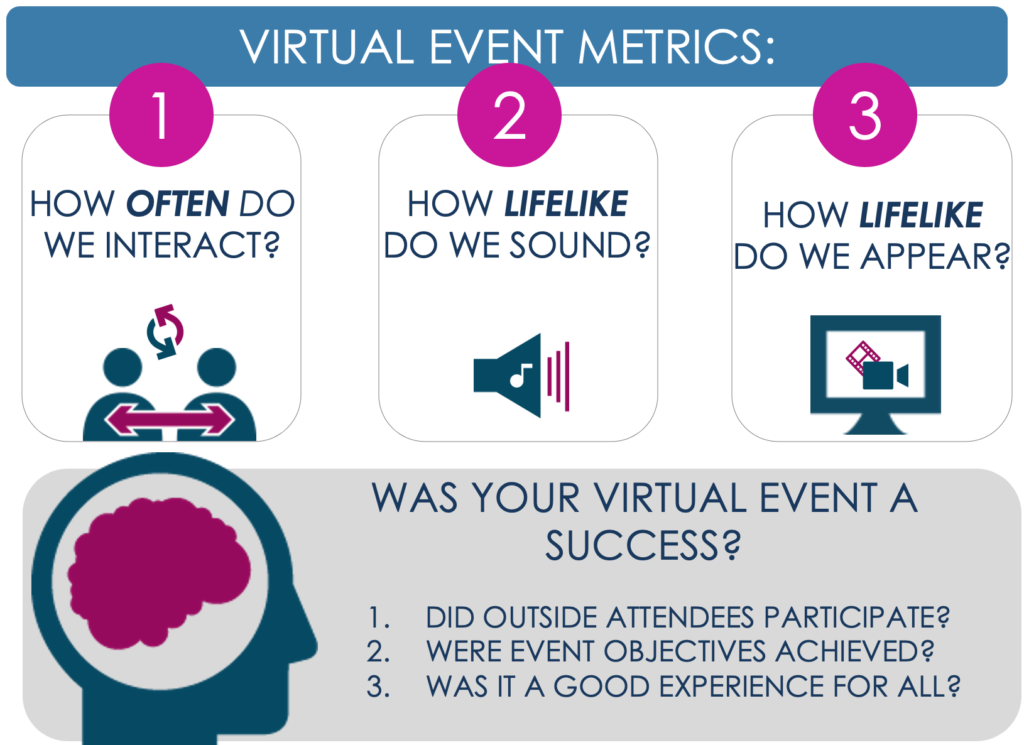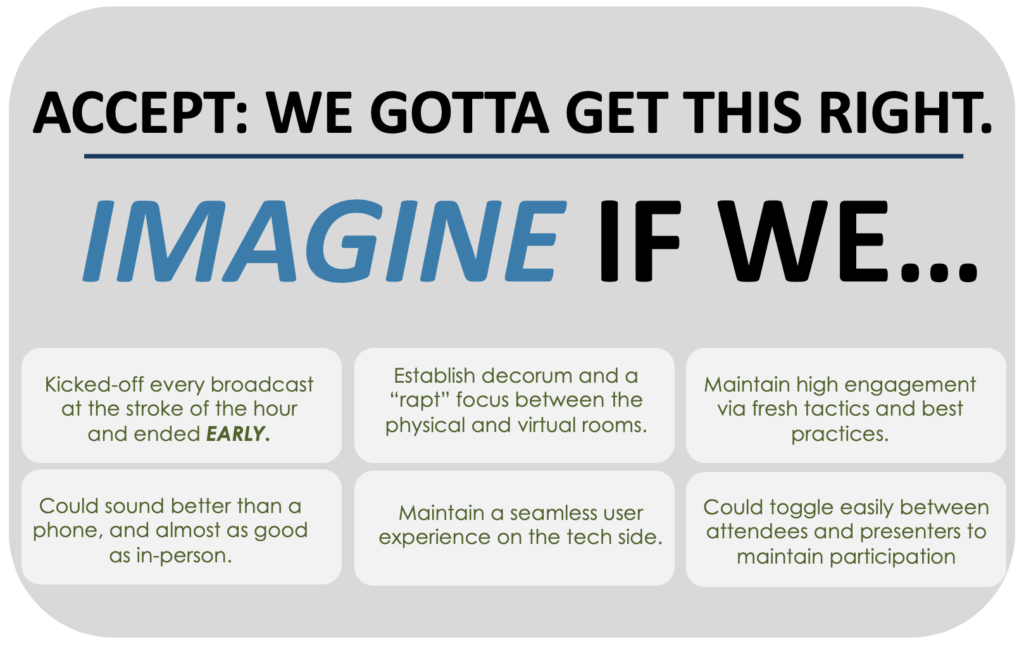
Here we are, a few weeks into working and connecting in entirely new ways. Not many of us would have chosen this, and we couldn’t have predicted how our workflow and workdays would transform in 2020.
Kids sitting in our laps, while suffering through Zoom meetings.
Flurries of activity in between meals, or loads of laundry.
Managing our intake of depressing news cycles, and getting sucked in whenever our willpower dips.

Our working population is being forced to learn overnight what remote employees took years to figure out— that without structure, intention, and boundaries, working from home is not sustainable.
Kristoffer ‘KC’ Carter
It’s been fascinating to watch families ‘discover’ Zoom recently, “…It’s like Facetime, but when we can all talk, and see each other AT ONCE!”
I get twitchy at the thought of that chaos, and all energy drains visibly from my face.
An executive coaching client told me last week that he was on TWELVE Zoom meetings the day prior. Our focus for the session was on maintaining optimal energy and pacing, to avoid burnout.
This client is a young, but well-established CEO who is used to leading a dynamic team in a NYC office. He is now hunkered down with his young family in a different state, leading his team, and meeting with his board virtually.
Being present to 5, let alone 50-100 people sharing their cameras takes an energetic toll. It can be beautiful, and connective. Also, it can be distracting, and depleting.
I started to wonder how many of us are experiencing sizable energy leaks from terribly organized, or poorly-executed Zoom meetings.
Half-baked Zoom meet-ups feel like a second pandemic on some days.
Don’t get me wrong, the intention and tech platform behind the meetings is great— to approximate our in-room connection, while seeing the people we miss so much.
The problem is, how to leverage these virtual tools wasn’t typically a training priority. As a result, we were already used to virtual meetings being terrible.
For those of us on the outside of organizations (distributed offices, or as vendors), we can expect that most, if not all virtual meetings have organizers who start the meeting late, struggle through countless noise interruptions, fill the time like a uni-directional broadcast, and then hear crickets when they ask if there are any questions.
From an attendee perspective, that’s a terrible way to spend 5 minutes, let alone 60. But there is hope!
Most of the terrible Zoom meetings we experience should either be a group conference call, or should not be scheduled at all.
There are two questions to ask yourself prior to scheduling, or agreeing to host any virtual meeting.

BEFORE YOU HOST, ASK YOURSELF…
1 – Am I willing to be responsible for making this a valuable experience for everyone? This includes following the checklist below at minimum. If you’re not able to, delegate it to someone who is.
2 – Does video sharing support our goal? Would a call be better?
Did you answer the two questions with a resounding, YES!? Nicely done. If you follow these six simple steps, you’ll be in the top 5% of virtual meeting organizers.


BARE-MINIMUM CHECKLIST TO AVOID HOSTING ANOTHER CRAPPY ZOOM MEETING
- Show up a few minutes early, and welcome your guests.
- The Participants panel is your friend. Know how to operate the Mute All, and Unmute functions. It’s not scary. You can do it.
- Have a central objective or goal for your guests, and your meeting.
- Have a structure or agenda to support your goal.
- Directly engage guests with questions.
- Assume you’re a terrible emcee, who is hosting a terrible meeting experience. Ask for feedback, and commit to improving.
1. Show Up Early, Welcome your Guests
Picture your meeting being a party you were hosting. Would you ever show up late, and force your guests to wait at the front door, or make idle chat with one another while they waited for you?
Shouting people out as they join creates good juju, and acknowledgment. You’re thanking them in advance for spending their time with you.
Let them know you “see” them, especially in these challenging times.
Bonus Points: Ask them to confirm visually that they can see and hear you clearly. Welcome to the Age of Two-Way communication!
2. Use the Participants Panel
There should be a test of proper participants panel usage before anyone is allowed to schedule a meeting.
After properly welcoming everyone, you can always ask everyone to “wave, and say hello!” It’s not only fun, and brings energy to the call.
At this point I usually make a self-deprecating joke that I’m a control freak, or that I’m “drunk with power” as I mute everyone. I remind them to hit us in the chat with any issues, or use the “raise hand” function. We’re happy to unmute at a moment’s notice.
By following this point, out of the gate you’ll avoid 95% of awkward, chaotic interruptions, or free-for-all talking.
But in order to keep them engaged, you’ll need to follow #3 and #4…
3. Have a Central Goal for Your Guests
For the love of God, please set an objective for your guests. Yes, even your in-laws.
What would be most helpful for them to walk away with? Maybe it’s checking in on the growth of your new Chia Head. Maybe it’s feeling more connected and sharing 1 key insight from their week.
If nothing else was achieved during your time together, what value did the meeting create for your guests?
“Seeing their faces and talking at once” is the default goal, and it’s kind of loose. Achieving your goal creates trust and keeps you in integrity, which means your guests are more likely to attend another meeting.
A clear goal establishes a benchmark, and once achieved creates ROI.
4. Use a Simple Structure to Support your Goal
There are a lot of us who want to be helpful by convening large groups of people online. However, there are too few who provide even a simple structure that is aligned to a goal.
Once we know why we’re here (#3), we need a simple structure that helps guests understand what’s coming next.
On our weekly The Haven calls each Thursday, I use 4 coaching questions we work through as a community. We also begin each session with a centering meditation, before tapping the wisdom of a featured guest.
Our goal is connection. The structure serves the goal by giving most, if not all guests a chance to share, be seen, and acknowledged. Without a structure, these calls would devolve into group venting.
5. Directly Engage people with Questions
Adult learners actually learn when they are hearing themselves speak, not when they’re hearing you speak.
Engagement is everything. This step determines if your meeting is perceived as valuable, or if it’s more noisy distraction.
It is not the attendee’s fault if they don’t feel compelled to participate or speak up. It is 100% the organizer, or emcee’s responsibility to engage guests with thoughtful, or ideally playful questions.
If typically a handful of more extroverted teammates dominate meetings in the office, what’s the likelihood of hearing from everyone in a virtual meeting? Zero.
Pro-tip: Use questions that start with ‘What’ because they are open-ended. What was your biggest challenge this week? What is your update building upon last week? What will you take on before we reconvene?
Use your guests’ names, and mention you will unmute them to engage them in the conversation. It’s a good idea to let people know at the outset if you intend to hear from everyone, or if you’ll be choosing people at random to hear from.
6. Assume You’re Terrible. Ask for Feedback and Commit to Improving.
Iterate and improve with every meeting you launch. Never assume that the last one went well if no one gave you feedback.
Keep optimizing toward what’s working the best, and eliminate all the rest. If you can get your meeting down to 15 or 30, that’s way better than 60. If you’re getting feedback that it’s an “Hour of Power”, then of course keep going— AND keep improving.
Create a little 1-question survey link, or even deploy a poll inside Zoom. Try to demonstrate each week how you’re taking suggestions, and that your goal is to make their time investment as valuable as possible.

IN CLOSING…
Virtual meetings are fun and valuable when there’s a balance of a predictable, safe structure guests can count on, while also injecting plenty of presence, and spontaneity.
Curious… What were either some of the absolute worst, or game-changing BEST virtual meetings you’ve been a part of?
What made them effective, or terrible?
# # #
 KRISTOFFER CARTER is the founder of This Epic Life, a website devoted to conscious leadership, which has created a daily meditation practice for thousands. He is the creator of The 4 Permissions™ framework, which guide his coaching of executive leaders at Amazon, AT&T, eXp Realty, Edward Jones, and many more. ‘KC’ is also a professional songwriter, TEDx speaker, and international retreat leader. He lives in Akron, OH. For more info, visit thisepiclife.com.
KRISTOFFER CARTER is the founder of This Epic Life, a website devoted to conscious leadership, which has created a daily meditation practice for thousands. He is the creator of The 4 Permissions™ framework, which guide his coaching of executive leaders at Amazon, AT&T, eXp Realty, Edward Jones, and many more. ‘KC’ is also a professional songwriter, TEDx speaker, and international retreat leader. He lives in Akron, OH. For more info, visit thisepiclife.com.